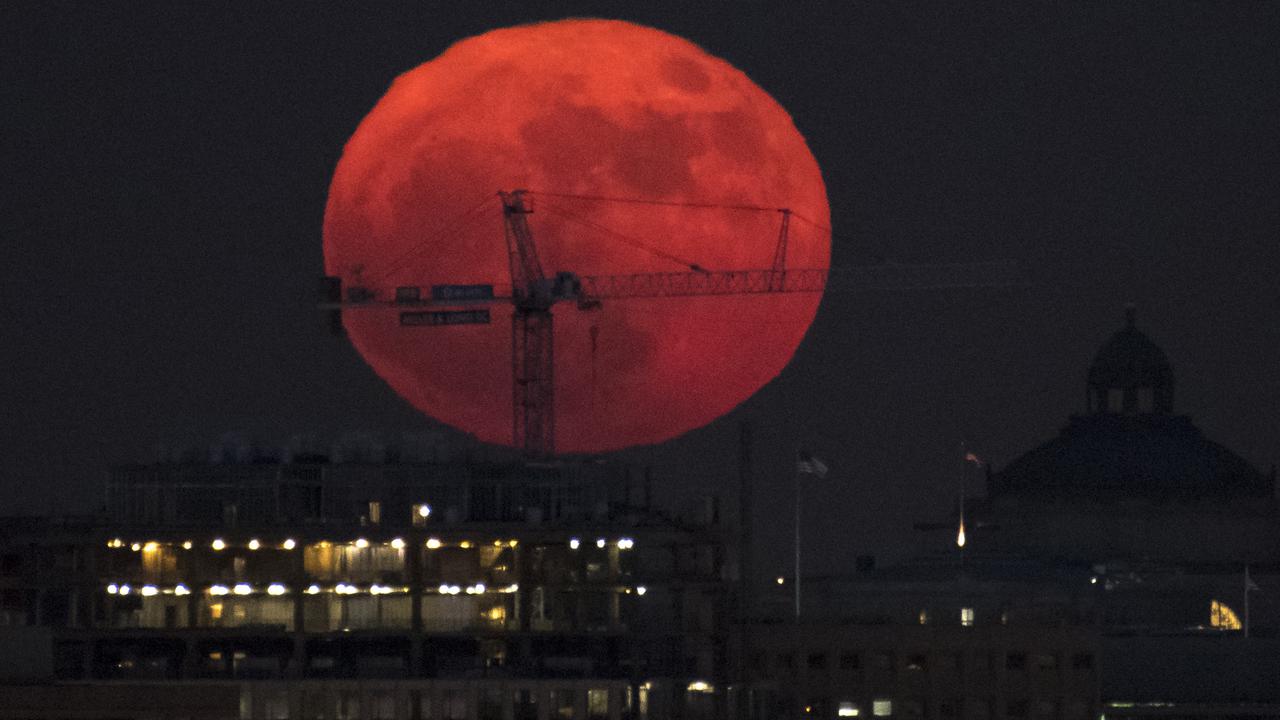Meteor Rain up to Supermoon, This 14 Astronomical Phenomenon in 2018
Currently we are entering the beginning of 2018. The billions of people in the world have welcomed the new year and left the year 2017 with a million memories.
If pulled back, there are many extraordinary events that occur throughout the year. Not only that, sad moments, happy, happy and others have been felt.
Natural events also occur frequently. The appearance of the sky that holds many secrets that often amaze the human eye. Although the year 2017 is filled with astronomical phenomena, it does not mean 2018 is lonely.
This kind of phenomenon is also predicted to occur in 2018. Most likely a total solar eclipse will occur in August in North America. So quoted from page Aol.com, Thursday (4/1/2017).
In addition, there are many other phenomena that are predicted to occur in 2018.
Consider the following predictive overview:
- Supermoon - January
Opening early 2018, there will be a Supermoon phenomenon on January 1 and 2. The moon will look much bigger than usual because of its great distances.
- Quadrantid Meteor Rain - January
Still from January precisely on the 3rd and 4th is predicted to occur major meteor showers in 2018. But unfortunately, the appearance of the meteor shower will be blocked by full moonlight.
- Blue Moon - January
At the end of January, it is predicted there will be a second full moon after Supermoon occurred earlier this year.
February - May
- Partial Solar Eclipse - February
At the beginning of this loving month, February is predicted to be a proof of the phenomenon of the partial solar eclipse.
Right on February 15th, this incident can only be seen in several countries in South America and Antarctica.
- Full Worn Moon - March
The term Full Worn Moon is often used by the people of the United States to recognize this type of Moon.
In this period, the Earth's temperature is predicted to heat, the soil softens and many worms come out of their form.
- Full Pink Moon - April
Full Pink Moon is a term often used by indigenous tribes of the Americas. This month, the weather will be much warmer and make the Moon so beautiful.
- Eta Aquarids meteor shower - May
The meteor shower called Eta Aquarids consists of dust particles left behind by Halley's comet and can produce about 60 meteors per hour
June - September
- Saturn Appearance - June
It can be said that Saturn is one of the beautiful planets. On June 27, experts predict that Saturn will be visible because of its proximity to Earth.
- Mars Appearance - July
Not to be outdone, if previously the distance of Saturn will approach Earth in June, then Mars will also be seen more clearly in July 2018.
- Venus Appearance - August
Again and again, one by one the names of planets are supposedly on the list of sightings in 2018. Right on August 17th, Venus will look closer.
Looks brighter and beautiful than in previous years.
- Appearance of Neptune - September
Neptune is also included in a list of planets that will be visible from Earth. On September 7th in a clear sky, the planet will be clear.
However, Neptune will be much more beautiful if you use a telescope.
October - December
- Draconid Meteor Rain - October
The draconid meteor shower is a phenomenon occurring as a result of the remains of the 21P Giacobini-Zinner comet. This meteor shower consists of dust particles. Possible on October 9, 2018.
- Leonid Meteor Rain - November
Leonid meteor shower is a phenomenon that emits Leo constellation and is predicted to occur on 17 and 18 November.
- Full Cold Moon - December
Arrived also at the end of 2018. Full Moon is referred to as Full Cold Moon because of the usual name of citizens of the United States.